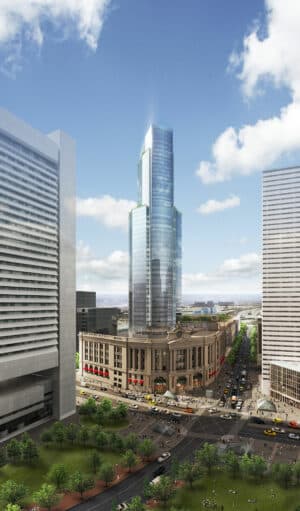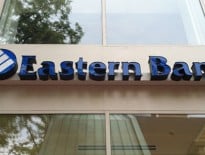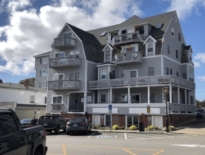Office vacancies and sublease listings soared during the third quarter as companies continued to hold off on long-term real estate decisions, according to local brokerage research.
The 1.2 percent increase in metro area vacancies is the largest in 15 years, according to Newmark Knight Frank’s third-quarter report. Negative absorption of 1.1 million square feet in the Boston central business district was an all-time high, at a time when more than 5 million square feet of construction is under way at large projects such as Hines’ South Station Tower, Millennium Partners’ Winthrop Center and HYM Investment Group’s One Congress.
“Though the marketplace is beginning to thaw, few lease transactions are taking place outside of expiration-driven activity,” the report states.
Institutional landlords have held firm on asking rents thus far, but local owners of class B properties have begun offering rent concessions, the report states.
Office vacancies now stand at 13.6 percent across the 181 million-square-foot metro area market, compared with 11.6 percent the previous year. The Seaport District’s 13.8 percent vacancy rate is the highest among Boston submarkets, and Interstate 495 west lags the suburban markets at 30.7 percent.
In its third quarter report, Colliers International said both direct and sublease space increased by 630,000 square feet, with North Station leading all Boston submarkets with the highest vacancy rate of 23.2 percent and highest ratio of sublease space at 7.9 percent.
Colliers also tracked rent concessions in the class B market, with a 1-percent decline in rents during the third quarter.
Suburban markets saw a 860,000-square-foot increase in sublease space during the third quarter.
“There is talk in the market, though we have yet to see it, of a trend to move back to the suburbs,” the report states. “Some groups are considering suburban offices in addition to their urban spaces.”




 |
| 




